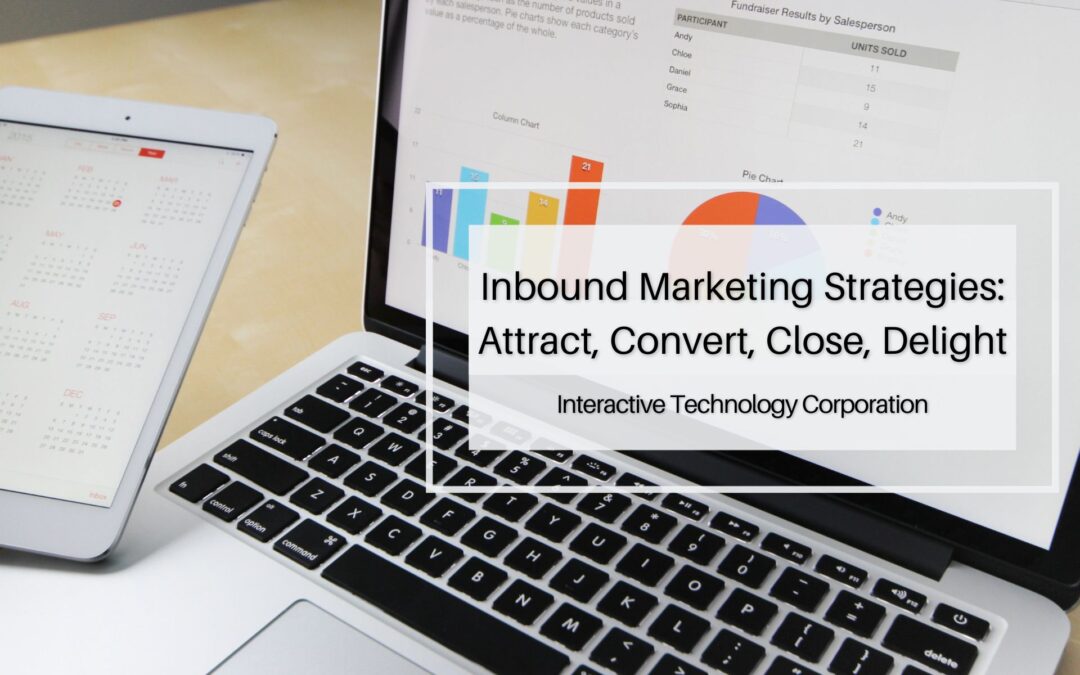Inbound marketing is the way to go if you want to boost conversions and sales. It’s all about drawing the right customers to your doorstep rather than interrupting people who may not even be looking for your solutions. This customer-centric approach is a game-changer for both B2B and B2C marketers.
The core of inbound marketing is to have your ideal customers come to you willingly. It’s the opposite of traditional outbound marketing, where you push your message out to the masses. Inbound marketing focuses on building relationships with potential customers and nurturing those relationships to turn them into loyal patrons.
The inbound marketing methodology revolves around four stages: attract, convert, close, and delight. These stages have their own defined steps, and they are key to the success of your customer-first philosophy.
- Attract: This is where you cast your net to increase brand awareness. You create valuable content to grab the attention of potential customers. Using SEO strategies, you target the right audience by understanding their search intent. Your content not only pleases your audience but also search engines, earning you organic traffic.
- Convert: Once you’ve attracted an audience, it’s time to turn those visitors into leads. You need to provide value and build trust. Elements like CTAs, landing pages, and gated content (valuable free content in exchange for visitor information) are your tools in this stage.
- Close: Here, leads become customers. They trust your authority and believe your product or service can solve their problems. Email marketing, segmented to cater to different stages, plays a significant role in promoting sales and pushing leads to become customers.
- Delight: Your job doesn’t end when a lead becomes a customer. Delighting your customers is key to building brand loyalty. Surveys and active social media engagement show customers that you care about their experience, leading to recommendations and more leads.
Contextual marketing comes into play in all these stages, allowing you to personalize content based on what you know about users or their past behavior. This personalization can be as simple as using a person’s name in a greeting or as advanced as displaying different content based on where someone is in your inbound marketing stages.
This strategy is superior because it’s all about adding value to the customer at every stage. It builds lasting relationships, nurtures loyalty, and positions you as an authority in your niche. The end result? More leads, more sales, and more satisfied customers.
So, if you’re looking for a marketing strategy that puts your customers first, attracts, converts, closes, and delights, inbound marketing is the way to go. It’s a customer-centric approach that pays off in the long run and ensures your brand stands out in the crowded marketplace.

